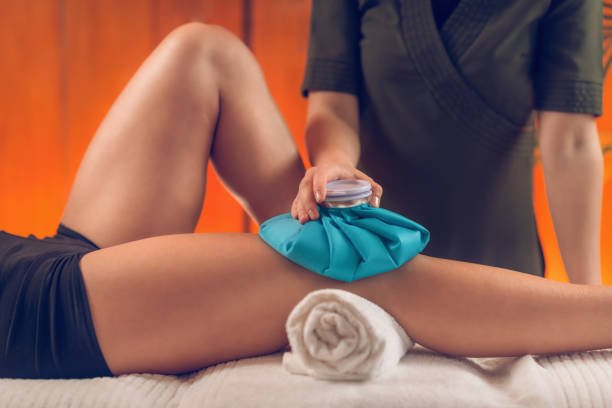Benefits of ICE therapy
Ice therapy, also known as cryotherapy, is a popular treatment for sports injuries. It involves the application of ice or a cold pack to an injured area of the body to reduce pain, swelling, and inflammation. Ice therapy is an inexpensive, safe, and effective method for managing sports injuries, and it has been widely used by athletes and trainers for many years. Here are some of the key benefits of ice therapy:
Reduces Inflammation: Inflammation is a normal response to injury, but it can cause pain and swelling. Ice therapy can help reduce the amount of inflammation in an injured area, reducing pain and swelling and promoting healing.
Reduces Pain: Cold temperatures have a numbing effect on the skin, reducing the sensation of pain. Ice therapy can help to relieve pain from sports injuries and make it easier to move the affected area.
Improves Healing: Ice therapy can help to improve circulation and reduce inflammation, which can speed up the healing process. Cold temperatures also help to slow down the metabolic rate, reducing the demand for oxygen and nutrients, allowing the body to focus on repairing the damaged tissue.
Prevents Tissue Damage: Ice therapy can help to prevent tissue damage by reducing the amount of blood flow to the affected area. This can help to reduce the risk of further injury and promote healing.
Affordable and Convenient: Ice therapy is a low-cost and convenient method of treating sports injuries. Ice packs are readily available and can be easily stored in a freezer, making it easy to access when needed.
In conclusion, ice therapy is a simple and effective way to manage sports injuries. It can help to reduce pain, swelling, and inflammation, improve healing, and prevent tissue damage. If you have a sports injury, it is recommended to consult a doctor or physical therapist to determine the best treatment plan for your injury. Ice therapy may be a part of your rehabilitation program, along with other treatments such as physical therapy, medications, and bracing.

